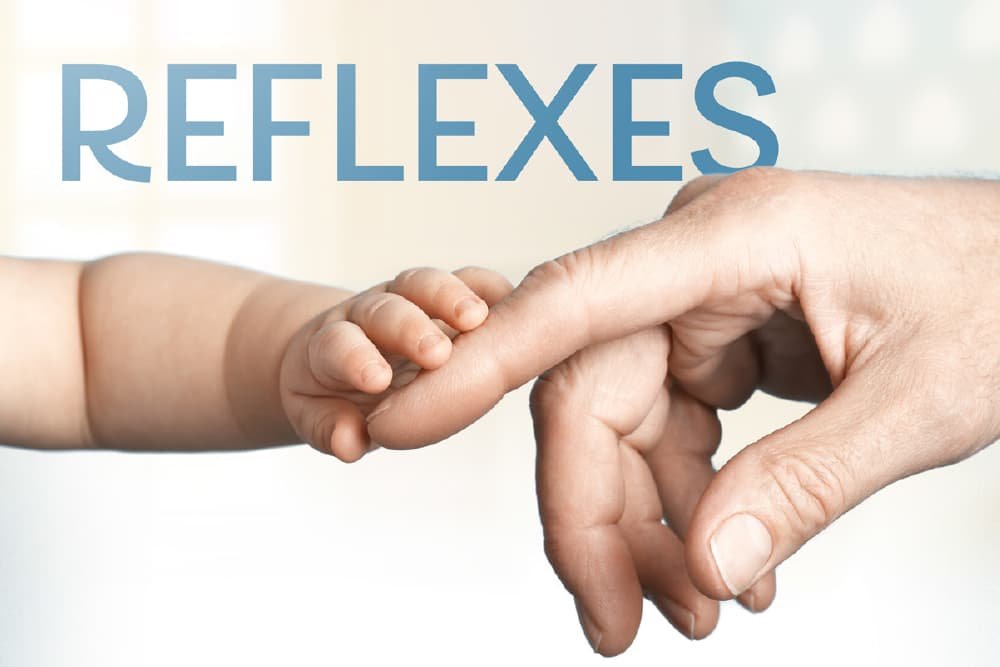

By Ken Mindoro
A baby's brain is a beautiful thing. At birth, its brain contains over 100 billion nerve cells or neurons, constituting almost all that it will ever have. The process of neural development begins with neurons immediately essential to life outside the womb. Examples of these would be neurons for regulating heart rate, body temperature, or breathing. Later, higher functions, such as sexual behavior, attachment, or concrete and abstract thought, develop and mature. Brain development—what we call “learning”—occurs through a process of strengthening, forming, and/or breaking down the connections between neurons. In fact, interneuronal connections, or synapses, form pathways throughout the brain.
Some pathways allow the body to respond to stimuli without conscious thought. These responses, called reflexes, help babies to act in complex ways that would otherwise be impossible at birth. For example, stroking the cheek of a newborn baby elicits the reflex to turn the head
Last Generation is a magazine for people seeking spiritual answers to the current issues of our times.
Your subscription will give you:
*Digital-only subscriptions also available
White, Ellen, Manuscript 52, 1904.
White, Ellen, Christ’s Object Lessons, 333.
White, Ellen, Ibid., 175.
Used with permission from AdVindicate, www.advindicate.com.